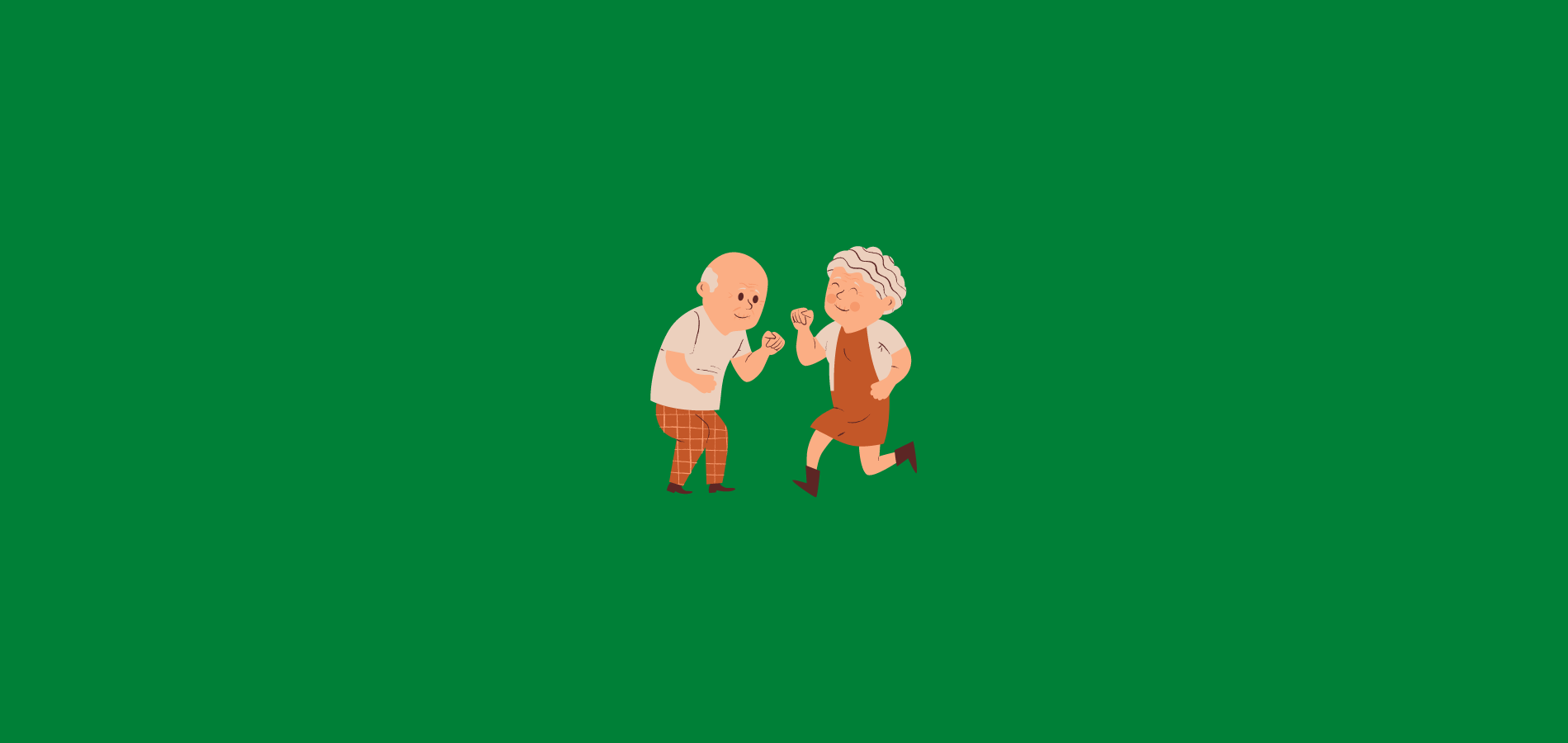When you invent a new product or process, it’s important to file for patent protection to prevent others from copying your idea and profiting from it.
In this article, we’ll discuss how to get a patent in Canada and how to maximize the benefits once you have patent protection.
Most consumer and industrial products are patented. For example, in your car, there are thousands of patented devices. These can range from complex technology like collision-avoidance detection in your side mirrors to relatively simple parts like in-seat heaters.
In Canada, patents can last 20 years. Since most inventors put a lot of time and money into developing and testing their product, it’s important that they have enough time to recoup these costs through sales of the product.
What can be patented?
As we have mentioned, most products are patented. In addition, a process to make a product can be patented, as can a machine to be used in manufacturing.
Here are the basic rules for determining whether an item can be patented:
- The invention must be new; there is nothing like it in Canada or other countries
- It must have some value and have potential customers
- It cannot be an obvious, simple concept that anyone can implement
Can you get a patent on an idea? No. The invention must be a practical tool rather than a general theory.
Many patents are issued for improvements on existing products and processes. There is nothing to stop a researcher from coming up with a new product that builds on your invention. That’s perfectly legal as long as they don’t infringe on your patent.
There’s a famous expression: “Build a better mousetrap and the world will beat a path to your door.”
Indeed, mousetraps are one of the most common inventions in the United States. More than 4,400 patents have been issued in that country for “new and improved” devices to nab the little rodents.
However, the invention has to work in order to receive a patent. If the mousetrap doesn’t catch any mice, it will be turned down.
What’s not patentable?
If you are unsure whether your invention is patentable, contact a patent agent early in the process. You don’t want to spend hours and hours preparing your application only to find that it cannot be patented.
In Canada, here are some of the breakthroughs that are not patentable:
- Higher life forms such as fertilized eggs
- Abstract theories
- Forms of energy such as electric currents
- Methods of medical treatment
Interestingly, medical processes can be patented in the United States; in Canada, the law says that these should be shared for the good of all members of society.
What are the steps to getting a patent?
The first step is to do some research. You can conduct a search so see whether there is already a patent on your invention in Canada or anywhere in the world. If so, you are out of luck.
You can also investigate the market. Since it will cost a lot of money to get a patent in Canada, you need to determine if there is a need for your product. Will it generate enough revenue to recoup your costs?
If you decide to move forward, you may wish to hire a patent agent. These people have specialized training and experience in filing patents. This will cost you some money but it will save you a lot of time and will ensure that your patent is filed correctly.
You file your application with the Canadian Intellectual Property Office, which is a government agency. Within 15 business days, the CIPO will send you a certificate indicating your filing date and patent application number. The CIPO charges a number of fees to file your application and have it examined.
The office provides for a one-year grace period to file an application. This means that once an inventor makes a public disclosure of their invention, they have 12 months to formally seek a patent.
You should also be aware that some patent applications are turned down for being too obvious or being for a product that has already been invented.
When consumers shop at stores and the product is marked “patent pending” this means that the application has been filed but not yet approved. While patent pending does not have any official legal status, it does warn competitors not to copy the item.
If your patent is approved in Canada, what’s next? Well, you want to make sure someone doesn’t copy your invention and then file for a patent in another country. In this case, you can pay about $5,000 in fees to file under the Patent Cooperation Treaty. This protects you in 148 nations around the world.
How long does it take get a patent approved?
The Canadian Intellectual Property Office says it takes an average of 6.5 years from filing to get a patent granted. For many companies, that’s just too long to wait. The CIPO offer some ways to expedite the process.
University patent offices
It’s important to know who owns the patent. If you work for a university or research centre, the institution may have rights to at least a share of any revenues it earns. Most universities have a technology transfer office that helps researchers to patent inventions and generate revenues from them.
However, it’s vital not to just hand the entire project over to the technology transfer office. A report from the auditor general of Ontario found that most inventions generate very little revenue. So, you should remain fully involved to ensure that the maximum benefits are created.
Once your invention is patented, what’s next?
You have a number of options. If your invention is a consumer product or manufacturing machine, you can produce it and bring it to market. Alternatively, you can sell or license the invention to another company and let them take care of production. Getting a patent can also be an important tool to attract investors to provide capital to support development and production.
What should you do if your patent is infringed?
If you have a patent on an invention and someone copies it, you can go to court and sue for damages. The challenge here is that the competitor may make a product that is slightly different and claim that they have “improved” on your idea.
Your claim will be dismissed if the defendant’s actions do not fall under your patent. Again, it’s important to consult with a lawyer before moving forward with a suit. Your legal counsel will be able to tell you whether you have a reasonable chance of winning.
An alternative to going to court is to have your lawyer write a letter to the competitor asking them to stop infringing on your patent. While this may not work, it will definitely be much cheaper than a lengthy lawsuit.
Patent laws are complicated
If you have an invention, you can do some basic research on your own to determine if it can be patented and whether there are similar products already on the market. However, at some point you will likely need advice from a patent agent or lawyer. Good luck!





